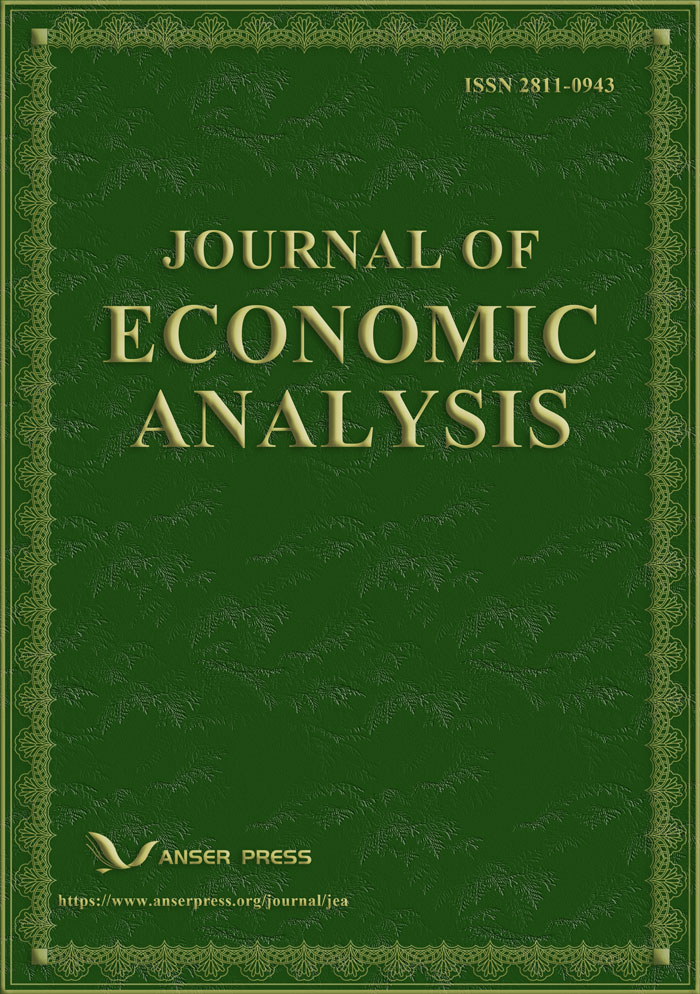Dynamics of deposit dollarization in Turkey
Abstract
Deposit dollarization in Turkey has been on the rise, reaching record levels in 2022. This was caused by the worsening macroeconomic fundamentals along with the transition to the presidential system in 2018 and the associated deviation from the monetary policy stance afterward. The unique case of Turkey presents an excellent natural experiment to explore the dynamics of deposit dollarization and how it is affected by the changes in the institutional structure as well as various social, economic, and financial shocks in a relatively short time. This study examines the time varying reactions of deposit dollarization for the period between 2013 and 2022 based on rolling window maximum entropy bootstrap estimates. Our findings reveal that all the model variables had significant and sometimes asymmetric effects on deposit dollarization during the different stages of this turbulent period. In particular, we observe diminishing effects of real exchange rate, policy credibility and consumer confidence over time. The findings provide ample new evidence regarding the dynamics of deposit dollarization in general, and how it is affected by loss of monetary policy credibility.
Cite This Paper
Yalta, A. Y., & Yalta, A. T. (2024). Dynamics of deposit dollarization in Turkey. Journal of Economic Analysis, 3(2), 56. doi:10.58567/jea03020004
Yalta, A. Y.; Yalta, A. T. Dynamics of deposit dollarization in Turkey. Journal of Economic Analysis, 2024, 3, 56. doi:10.58567/jea03020004
Yalta A Y, Yalta A T. Dynamics of deposit dollarization in Turkey. Journal of Economic Analysis; 2024, 3(2):56. doi:10.58567/jea03020004
Yalta, A. Y.; Yalta, A. T. 2024. "Dynamics of deposit dollarization in Turkey" Journal of Economic Analysis 3, no.2:56. doi:10.58567/jea03020004
